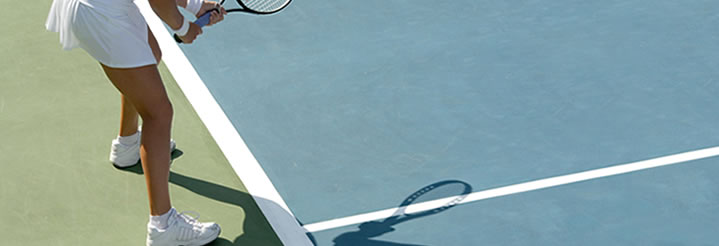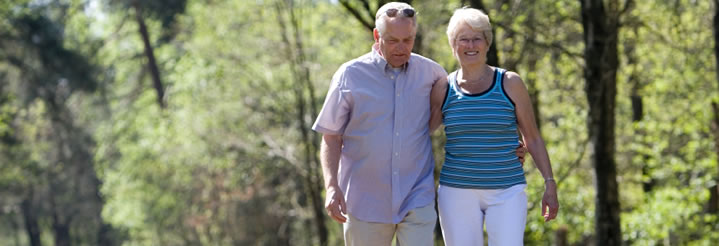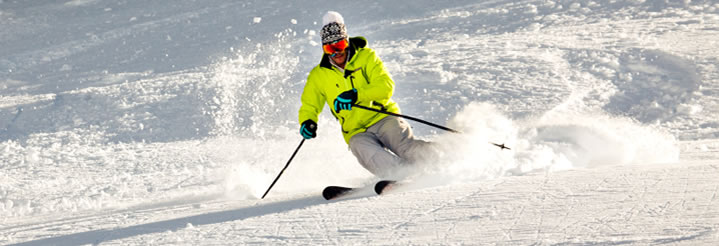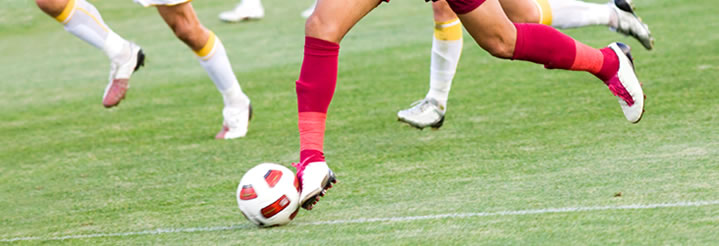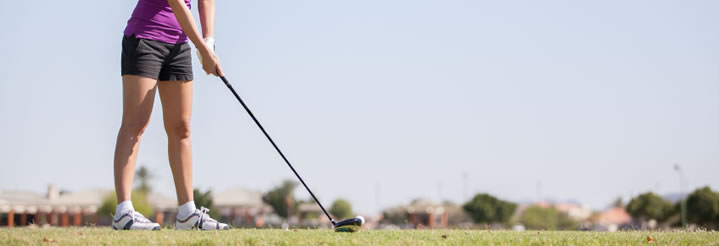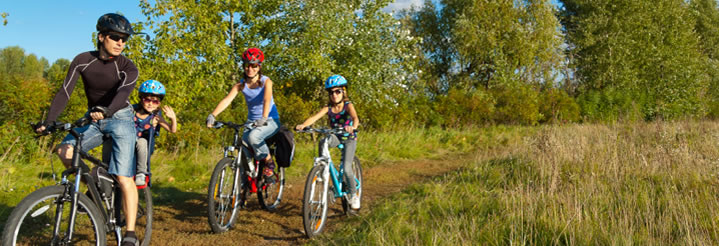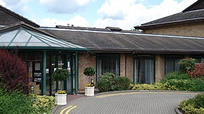Anterior Cruciate Ligament Reconstruction
What is it?
The anterior cruciate ligament (ACL) is one of the main restraining ligaments of the knee.
It is situated in the centre of the knee and runs from the back of the femur to the front of the tibia and acts to prevent excessive forward movement of the tibia.
It's main role, however, is to keep the knee stable during rotational movements like twisting, turning or side-stepping activities.
How does it happen?
Injuries to the ACL typically occur during a non-contact twisting movement and a popping sensation can often be felt.
Immediate swelling usually occurs due to bleeding into the knee (haemarthrosis).
Other injuries to the knee can occur at the same time including meniscal tears, other ligament injury or damage to the joint surface.
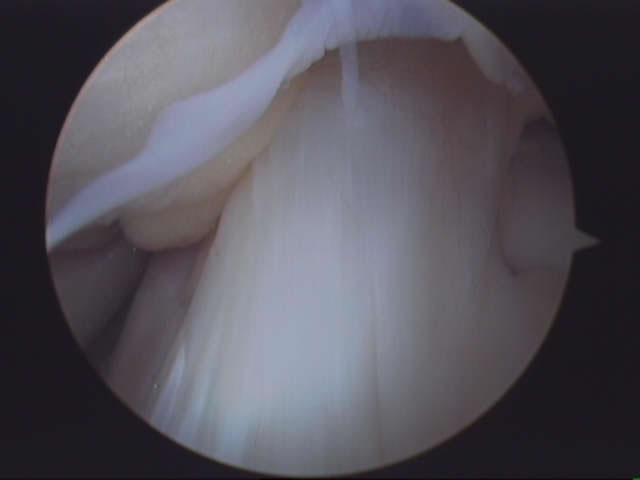 Normal ACL
Normal ACL
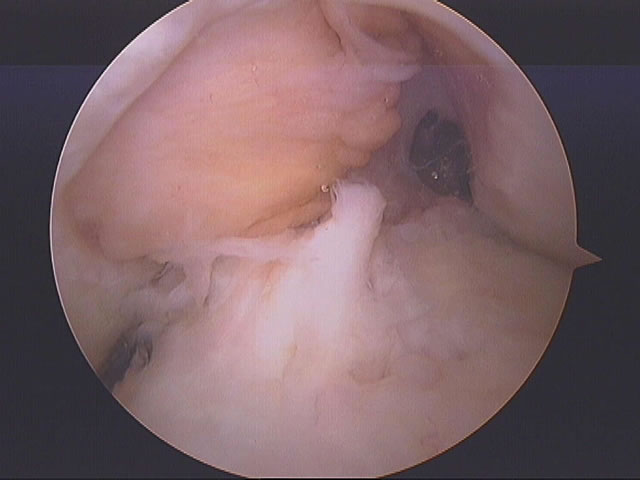 Ruptured ACL
Ruptured ACL
The ACL also provides important information to the muscles around the knee (proprioception), which are involved in protecting the knee during activities.
These 'balancing' mechanisms are reduced when the ACL is injured although some of this function can be restored with an appropriate exercise programme supervised by a sports physiotherapist.
If the ACL is ruptured the knee is likely to give way with twisting activities and if this is associated with knee swelling, it is likely that damage has been done to the joint surface and/or meniscal cartilage.
Continued damage will eventually result in osteoarthritis.
What are the symptoms?
The symptoms of patients with an injury to the ACL include a feeling of instability or giving way. They may involve swelling and pain.
Typically this will be with twisting activities, however a small proportion of patients become so unstable that even simple activities may cause giving way.
A minority of patients do not experience instability symptoms
How is it diagnosed?
A ruptured ACL can normally be diagnosed from the history of the injury and confirmed with specific tests at the time of your examination. The diagnosis can be difficult in some cases (especially fresh injuries where examination may be too uncomfortable and those with other injuries to the knee); in these cases the diagnosis can usually be confirmed by MRI scan.
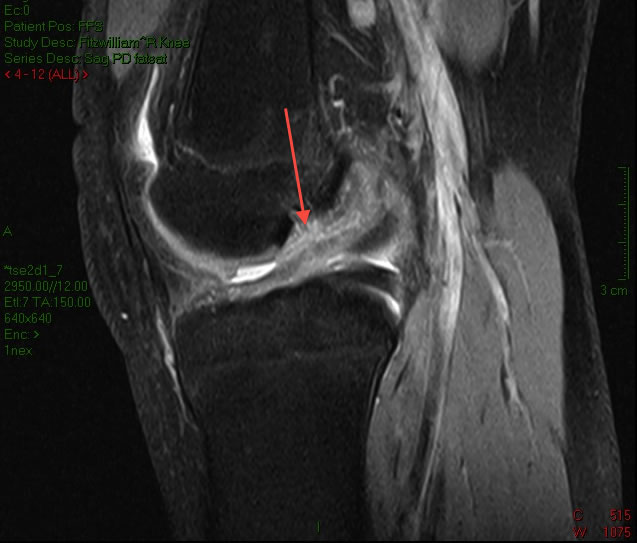 An MRI scan demonstrating a ruptured ACL
An MRI scan demonstrating a ruptured ACL
What is the treatment?
Surgery is not required for all ACL injuries. Some patients will choose to fit their life around their knee and avoid activities which make the knee give way.
Some patients are able to continue with their activities without major problems, however it is unusual to be able to return to twisting sports such as football.
Non-operative treatment
Conservative treatment of an ACL injury involves a supervised physiotherapy program concentrating specifically on:
Strength – all muscles around the knee must be strengthened, especially the hamstrings. These muscles can then take over some of the ACL's role in knee stability.
Anterior Cruciate Ligament Reconstruction
It may be decided, after discussion with you, that reconstruction of the ACL is appropriate.
ACL reconstruction is the commonest ligament reconstruction performed around the knee.
The procedure involves removing the remains of the damaged ACL and replacing it with another form of soft tissue, called a graft.
A number of grafts are available for use to replace the ACL.
The two commonest graft choices are hamstring tendons made into a 4 strand graft or a patella tendon graft taking the middle third of the patella tendon with bone blocks at either end.
The evidence in the medical literature is that there is little or nothing to choose between these two main grafts in terms of results.
In the UK the most popular graft choice is the hamstring graft.
Other grafts are available in more unusual situations.
Anterior cruciate ligament reconstruction is performed using arthroscopic (keyhole) surgery.
There is however a small (4 to 5 cm) incision below the knee where the tendons for the graft are harvested from.
The basic technique of anterior cruciate ligament reconstruction is to identify the correct insertion points on the femur and tibia for the ACL.
At these insertion points tunnels of an appropriate size to match the graft are drilled through the bone.
The graft is then pulled up through the bone and is secured using a screw and specialized anchoring device.
A knee brace is not typically used post-op.
Most patients stay overnight.
 Anterior Cruciate Ligament Reconstruction
Anterior Cruciate Ligament Reconstruction
